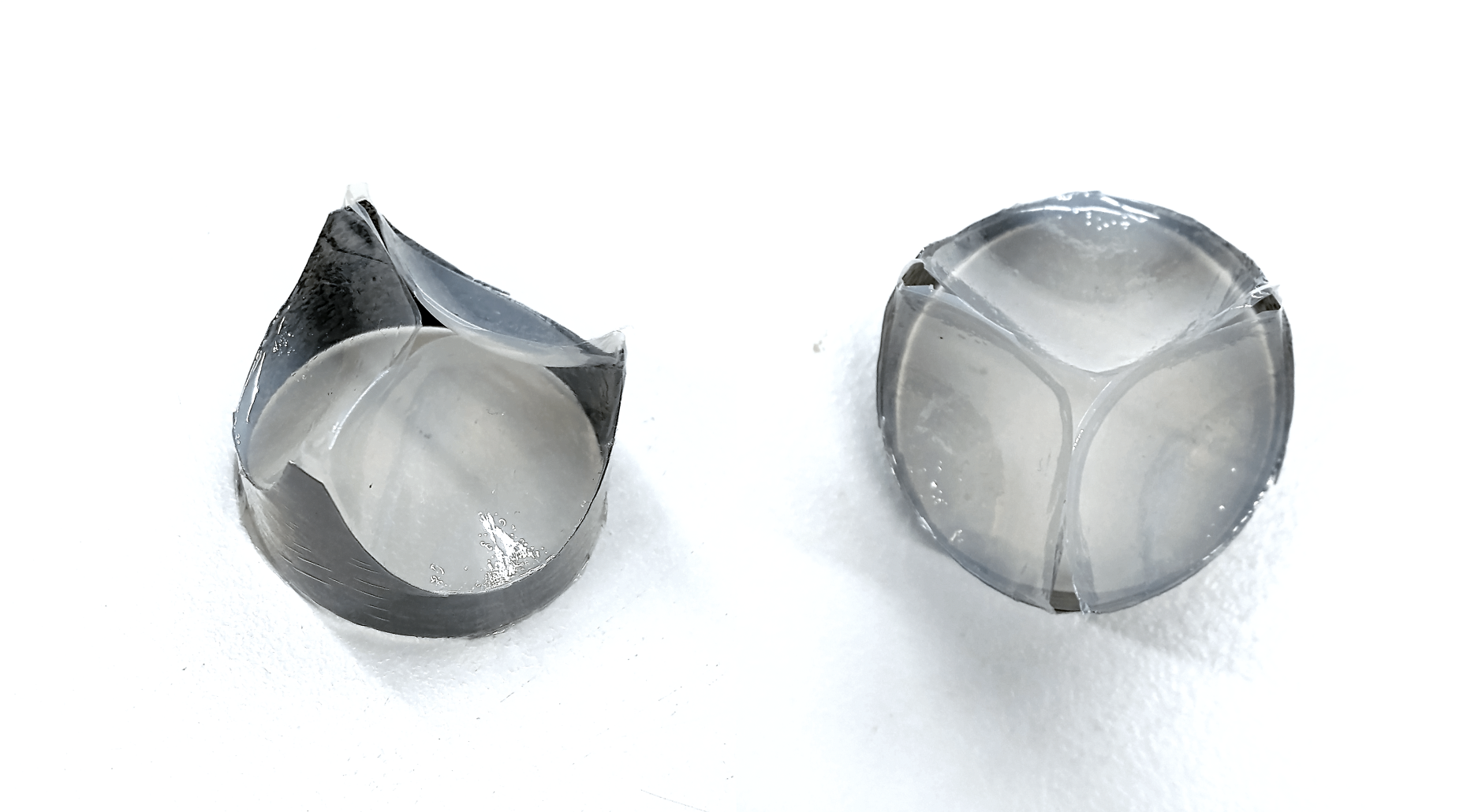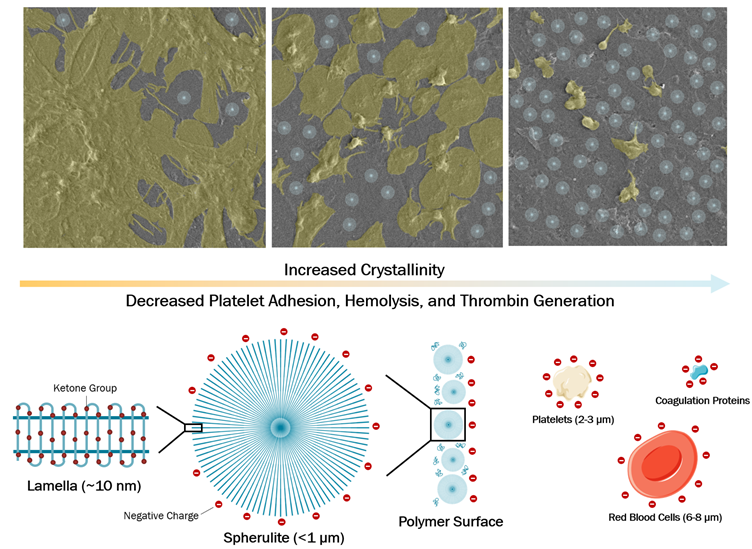Thin Polymeric Materials and Processing Routes for Novel Cardiovascular Implants
The project aims to develop a novel heart valve implant with stiff polymeric leaflets and a previously developed foldable composite stent. This research will also investigate processes that improve the hemocompatibility of polymeric materials.

Project Team
- Mary Chen, Doctoral Student
- Georgios A. Pappas
- Paolo Ermanni, Principal Investigator
Contact
Project Duration
2020 to present
Funding Sources
- CMASLab internal funding
- ETHeart initiative (of the Open ETH consortium)
- external pageZurich Heart projectcall_made of Hochschulmedizin Zürich
Project Description
Transcatheter heart valve implants have the potential to help more patients in developing countries by bypassing the need for open-heart surgery. However, current transcatheter heart valves have leaflets made of animal tissue, which result in low durability and manufacturability. Furthermore, the preservatives required for animal tissue leaflets can cause the formation of calcium deposits, narrowing the valve’s opening and significantly decreasing its lifetime. Flexible polymeric heart valves are a promising alternative to current transcatheter heart valves. They have the potential to combine the hemocompatibility of biological heart valves with the durability of mechanical heart valves, while increasing manufacturing throughput.
During the last couple of years, CMASLab has devoted an important part of our research activity in a novel, fully synthetic, heart valve design (Figure 1). This design is based on a pioneer fiber reinforced composite stent, which has shown promise by respecting high durability and efficiency on the same time. This new design also has potential to replace heart valves with larger valvular orifice area, such as the tricuspid and the mitral valve. Moreover, it can act as a robust valve/valve-set for a total artificial implantable heart. This project further aims to develop processes that seamlessly integrate the leaflets with a novel, foldable polymer composite stent. Moreover, this research will include investigating methods that improve the hemocompatibility of heart valve materials by altering their surface energy, charge, and roughness. Particular focus will be placed on reducing platelet adhesion onto polymeric surfaces (Figure 2).
This project is conducted in collaboration with the Translational Cardiovascular Technologies (TCT) group of ETH Zurich and external pageDeutsches Herzzentrum Berlin (DHZBcall_made).


